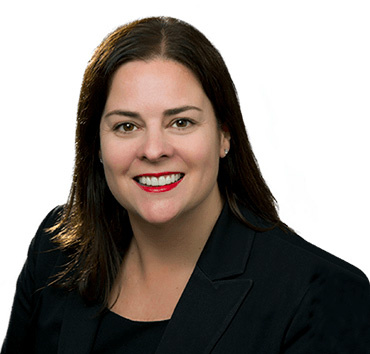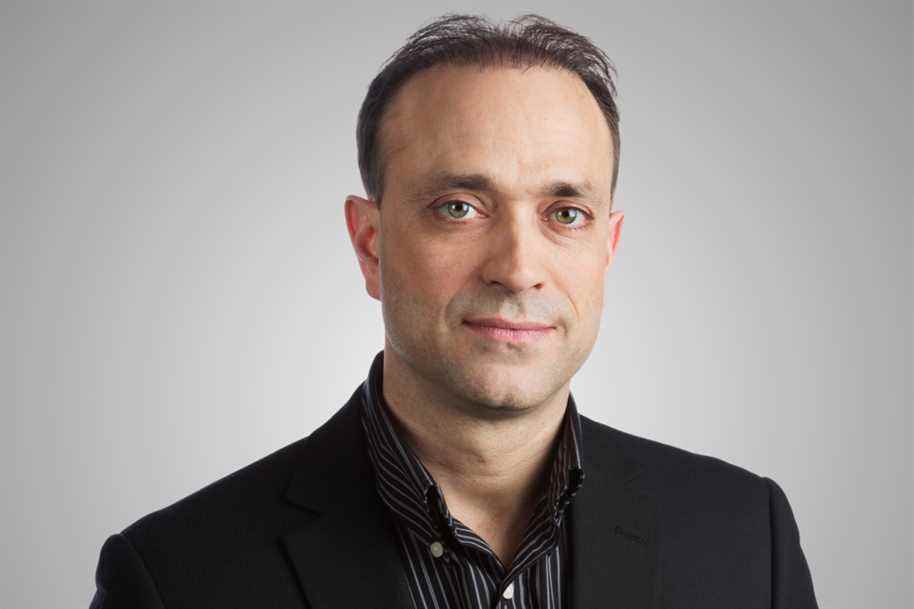(Ottawa) In not so long ago, there were at least four women who ruled the destinies of a province in the country. It was believed then that this represented the start of a new era where women could increasingly impose themselves in a world dominated by men. This surge of optimism was shortlived, however.
Today, the offices of power in Ottawa and in each provincial capital are occupied by men. The terms of prime minister obtained by Pauline Marois in Quebec (2012-2014), Kathleen Wynne in Ontario (2013-2018), Rachel Notley in Alberta (2015-2019) and Christy Clark in British Columbia (2011-2017) have certainly made it possible to shatter glass ceilings. These women have inspired others. But that did not prevent Canadian politics from reverting to what it had always been: an area predominantly dominated by men.

PHOTO STEVE LAMBERT, ARCHIVES THE CANADIAN PRESS
Shelly Glover, Progressive Conservative Party of Manitoba leadership candidate
In turn, Manitoba is preparing to send a woman to this boys club, as Pauline Marois described it in September 2020 in her autobiography where she recalled the sacrifices that women must make to succeed in politics.
As of October 30, Manitoba will be ruled for the first time in its history by a woman. A leadership race is underway at the moment to replace former Prime Minister Brian Pallister, who decided to step down abruptly in August with two years left in his second term, obtained in September 2019. Only two women are in the line to succeed him.

PHOTO FROM HEATHER STEFANSON’S WEBSITE
Heather Stefanson, leadership candidate of the Progressive Conservative Party of Manitoba
They are Shelly Glover, a former Winnipeg police officer who also served as heritage minister in Stephen Harper’s Conservative government in Ottawa, and Heather Stefanson, who was health minister in the Manitoba government before embarking on the leadership race.
The winning candidate in this race will be quickly propelled onto the national stage while federal-provincial relations will emerge as a major issue for the government of Justin Trudeau.
It is because all the provinces, without exception, are calling for a substantial increase in health transfers. The Council of the Federation, which brings together all the provinces, estimates that Ottawa must pay at least 35% of the bill for health care costs instead of 22%, as is currently the case. Such an increase would result in an increase in transfers of 28 billion per year. Justin Trudeau said he was ready to discuss this issue with his provincial counterparts, but only once the COVID-19 pandemic was just a bad memory.
Prior to his resignation, Brian Pallister had taken over from Premier François Legault as President of the Council of the Federation for the next year. His departure resulted in a set of musical chairs. British Columbia Premier John Horgan, who served as vice-chair of the Council of the Federation since June 17, is assuming the role of chair. Manitoba will assume the vice-presidency this year and will resume the presidency of the Council in 2022.
As a result, the new premier of Manitoba will speak, starting next year, on behalf of her provincial and territorial counterparts on major issues affecting relations with Ottawa.
In two years, she could have another colleague at the head of a province. In Alberta, Premier Jason Kenney is breaking unpopularity records due to his handling of the pandemic, among other things. This opens the door wide for New Democrat Rachel Notley to return to power in 2023. But the provincial Conservatives have not said their last word. They could show Jason Kenney the door next spring to avoid a defeat at the polls, as they have done in the past when a chef becomes a drag.
An overview of the political leaders who work on the provincial scene nevertheless makes it clear. With the exception of Rachel Notley, few women are at the head of a party capable of winning the next election in their respective province.
“It’s a world, the boys club, which has its rules, which has its ways, which is impossible to penetrate for all practical purposes “, affirmed the former Prime Minister Pauline Marois in an interview granted to The Canadian Press at the time of the launch of her autobiography, Pauline Marois – Beyond Power, published by Éditions Québec Amérique, last year.
The same is true on the federal scene. The country was led by a single prime minister, Kim Campbell, in 1990, after she was chosen by Progressive Conservative Party activists to succeed Brian Mulroney. In the federal election four months later, Mr.me Campbell suffered the worst loss in the history of his party, which was reduced to just two seats in the Commons.
That said, Justin Trudeau appears to be paving the way for a woman to take over as head of the Liberal Party of Canada after her reign. Chrystia Freeland, who became the very first woman to become finance minister last year, is considered the prime minister’s runner-up. Mme Freeland, who also holds the office of Deputy Prime Minister, was reappointed just ten days after the elections. She is also the only one to have obtained such treatment from the Prime Minister so far.
